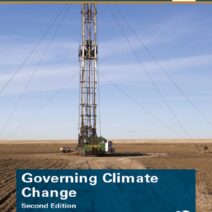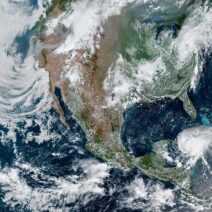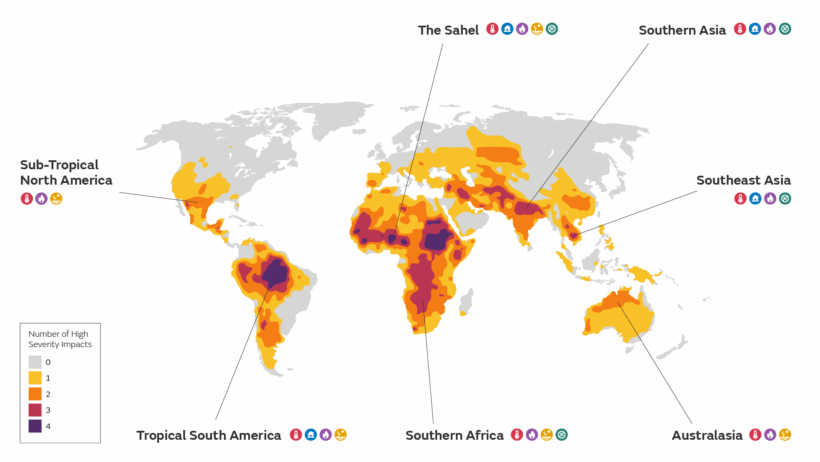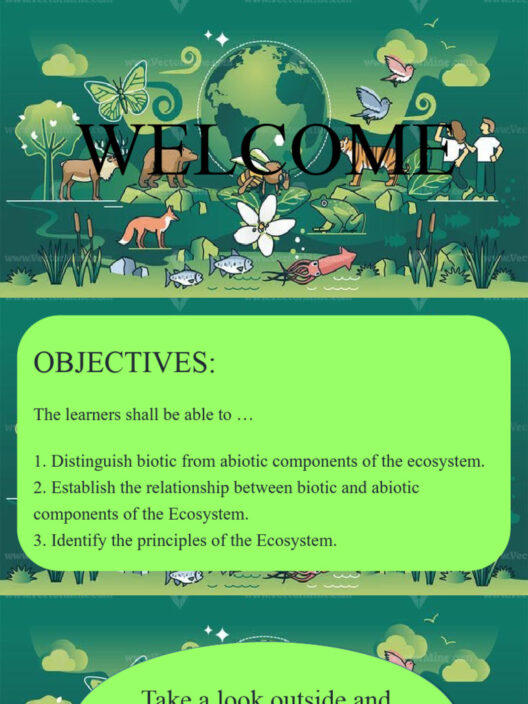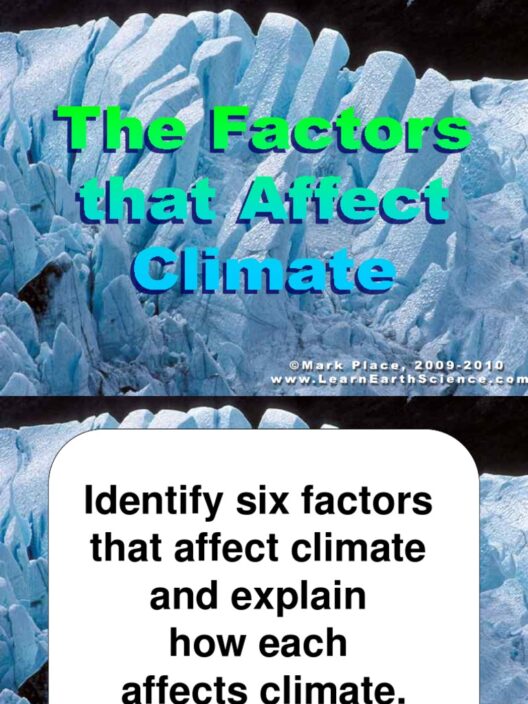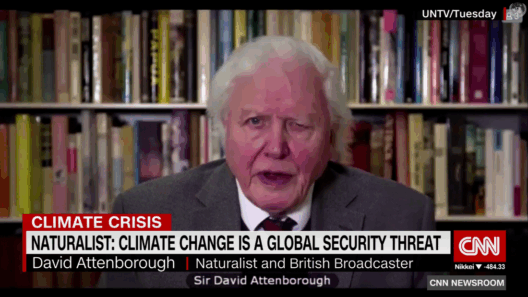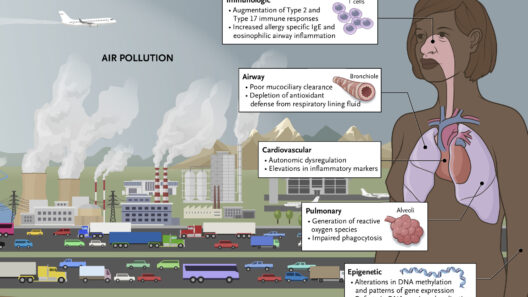The phenomenon of global warming, a multifaceted and pressing issue, reverberates across various dimensions of life on our planet. Frequently, the conversation centers on rising temperatures or melting ice caps, yet these are merely the surface ripples of a broader and more insidious problem. Beneath these observable trends lie a cascade of consequences that can alter ecosystems, economies, and communities worldwide.
Global warming is primarily driven by the accumulation of greenhouse gases in the atmosphere, most notably carbon dioxide, methane, and nitrous oxide. These gases form a thick blanket that traps heat from the sun, leading to a general rise in global temperatures. While the increase in temperature is the most visible outcome, it is essential to comprehend the myriad effects that ensue from this initial shift.
One of the most alarming impacts of global warming is the disruption of weather patterns. Climate change is wreaking havoc on precipitation regimes, causing some regions to experience torrential downpours while others suffer from debilitating droughts. The phenomenon of erratic weather not only disrupts agricultural practices but also threatens food security. For example, crop yields in traditionally fertile areas are declining due to increased temperatures and atypical precipitation, exacerbating poverty levels and causing civil unrest in some communities.
Moreover, the biodiversity crisis cannot be overlooked. Altered climatic conditions have initiated a domino effect, wherein species are forced to adapt, migrate, or face extinction. The shifting habitats challenge even the most resilient organisms. For instance, coral reefs, often dubbed the “rainforests of the sea,” are experiencing mass bleaching due to elevated water temperatures, resulting in the loss of vital marine habitats. Such changes not only compromise marine biodiversity but also impede the livelihoods of millions who depend on these ecosystems for sustenance and income.
Humans are not immune to the ramifications of global warming. Health issues stemming from climate change are increasingly prevalent. Rising temperatures can exacerbate existing health conditions, while air quality deteriorates due to increased pollutants. Heatwaves, becoming more frequent and severe, pose direct threats to human health, particularly among vulnerable populations such as the elderly. The spread of vector-borne diseases is another unintended consequence, as mosquitoes and other vectors thrive in warmer climates, expanding their range and potential for transmission.
Economic implications also warrant attention. The costs associated with climate change are staggering and multifaceted. Infrastructure must be fortified to withstand more intense storms and flooding, while businesses face uncertainty due to shifting resource availability and disruptions in supply chains. For instance, coastal cities are grappling with the threat of sea-level rise, necessitating substantial investments in mitigation and adaptation strategies. These expenditures often divert resources from other critical areas such as healthcare and education, perpetuating cycles of inequality and economic strain.
In terms of governance, climate change poses significant challenges to global cooperation. The need for unified strategies to combat its effects is imperative; however, geopolitical tensions can impede collaborative efforts. Countries vary widely in their capacity to address climate change, with developing nations often bearing the brunt of its impacts despite contributing little to the problem. This disparity fuels a cycle of inertia, as wealthier nations may be hesitant to allocate resources towards global initiatives, while those already suffering may lack the political leverage needed to advocate for themselves.
Against this backdrop of escalating challenges, the role of education and awareness becomes paramount. Understanding the interconnectedness of climate change and its ripple effects can galvanize action on both individual and collective levels. Efforts to raise awareness about sustainable practices, carbon footprints, and conservation can empower communities to make informed choices that mitigate their environmental impact. Such initiatives not only foster a sense of responsibility but also inspire innovation in renewable energy, sustainable agriculture, and waste reduction.
Individuals are increasingly recognizing their power as consumers. The demand for sustainable products is shifting markets, prompting businesses to innovate for sustainability. By prioritizing eco-friendly practices, society can align economic growth with environmental stewardship. This concerted effort may serve as a powerful antidote to the devastating effects of climate change, breaking the cycle of destruction and paving the way for a more sustainable future.
The engagement of youth in climate activism is also critical. As the newest generation grapples with the legacies of those before them, they are poised to be the catalysts for change. Their passion and urgency can propel societal shifts necessary to address the impending crisis. With education facilitating awareness and advocacy, a cultural shift towards sustainability becomes not only possible but imperative.
Addressing global warming and its overarching impacts necessitates a holistic approach, where the interconnectedness of systems is recognized and valued. As we confront the ripple effects of this pressing issue, embracing collaborative, innovative, and informed strategies becomes essential. The urgency of the present moment implores humanity to act decisively, thereby ensuring a viable and resilient world for future generations. Only through collective action and a commitment to sustainability can we hope to mitigate the harshest consequences of climate change. Each ripple we create today has the potential to forge a wave of positive change for tomorrow, ultimately steering our planet towards a more sustainable and equitable future.
